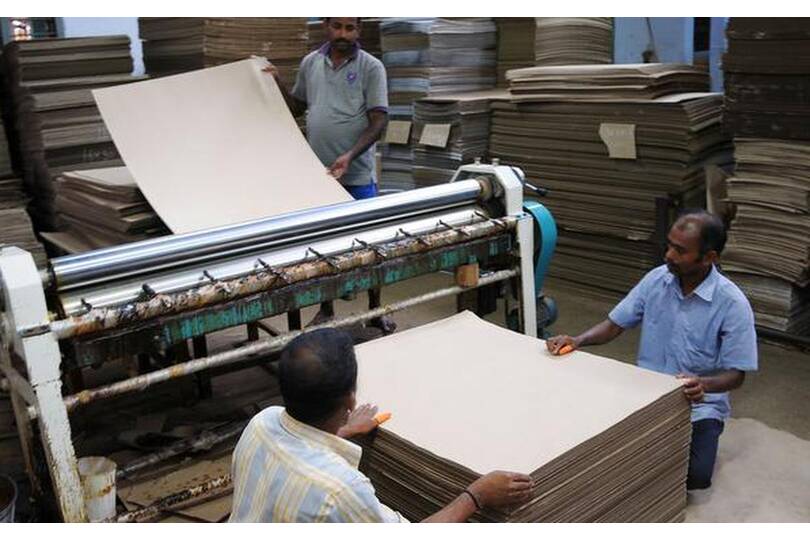The Surge in Paper Prices Leave Merchants and Publishers Agitated
on Aug 31, 2022

Millions of schoolchildren would not receive their academic books this year due to 'extremely' high prices of locally produced paper, which made the cost of printing unsustainable for publishers.
As per a statement issued by the All Pakistan Paper Merchants Association, "the new academic session of schools began on August 22, but due to extremely high local paper prices, not a single book and copy for the textbook was printed."
According to traders, local paper mills have doubled the price of paper, making it difficult for publishers to print textbooks and copies.
The paper merchants expressed grave concern about 'undue' protection for domestic paper mills, citing high prices and poor quality. They claimed that local paper mills have failed to meet the countrywide demand for printing paper and timely supply to the printing industry to print schools' syllabus books and copies for the Sindh and Punjab textbook boards.
According to them, the federal government's policy benefits only a few domestic paper mills while limiting the growth of over 18000 printing and packaging units and the supply chain in Pakistan.
In terms of employment and contribution to the national exchequer, the printing and packaging industry in Pakistan is the second highest value-added industry after textiles.
They advised the government to allow superior quality printing of paper at duty-free import, "Water Marked" exclusively for the textbook board from China, Indonesia, UAE, and Japan, rather than buying from local paper mills at ex-mills prices ranging from USD 1600 to USD 1700 per m/ton.
The angry merchants accused local paper producers of exploiting their dubious dominant position and establishing a monopoly or cartel to charge outrageous prices for their substandard/low-grade paper, paperboard, and articles.
The standard average ex-mill prices of non-coated, wood-free printing paper from China and Indonesia are around USD 820 PMT, whereas domestic paper ex-mill prices are equivalent to USD 1500 to USD 1600 per m/tons for their second-rated paper, taking unfair advantage of excessive abnormal import paper duty taxes.
Domestic mills produce large sheets/rolls but issue fictitious sales tax invoices @ Rs.120 to Rs150 per kg but sell at Rs 300/Kgs, defrauding/ declaring copies, and exercise books instead of correct declaration to deceive sales tax, they claimed.
"On a single invoice of 10m/ton, they take out 100m/ton, create false shortages during off seasons by running mills down to 2/3 days a week, collect & demand advance cash payments prior to 3 months, and charge price tag on the date when goods supplied," the traders' body said.
According to traders, domestic paper mills are unable to export even a single metric tonne of their high-priced sub-standard printing paper to Afghanistan. High prices and poor quality are the main reasons we are unable to enter the USD 1000 billion export markets of books, leaflets, packaging materials, and so on, which are primarily consumed by Singapore, Malaysia, China, India, and the UAE.
The Federal Minister of Finance and Revenue unfairly imposed a 10% Regulatory Duty (RD) on the uncoated wood-free paper (HS Code 4802) in budget 2021-22, despite the fact that the item already has an 11% to 39% Anti-Dumping Duty. They called it a double jeopardy tax.



.jpg)






.jpg)

.jpg)
.jpg)

.jpg)
.jpg)
.jpg)

.jpg)








Sorry! No comment found for this post.